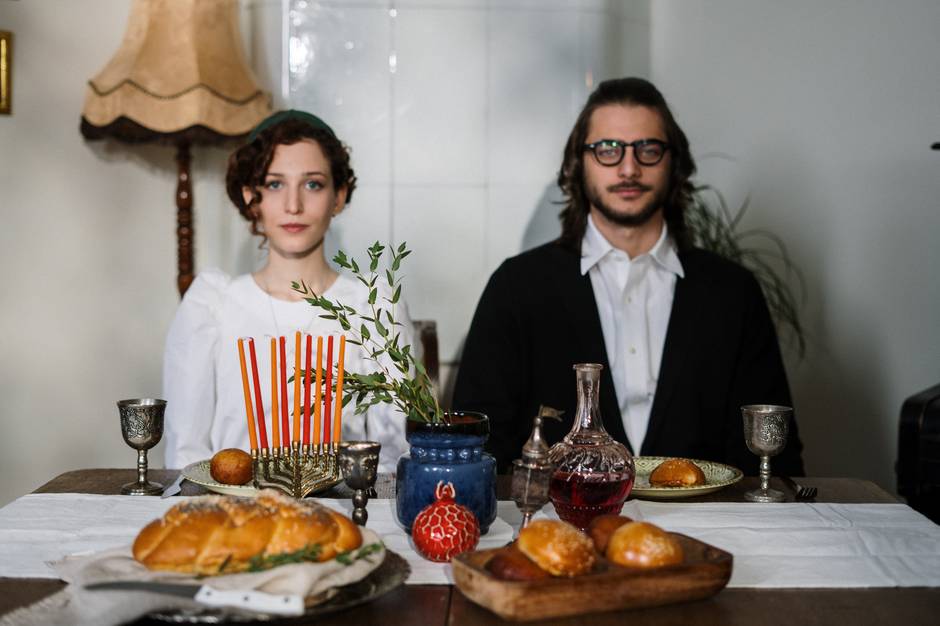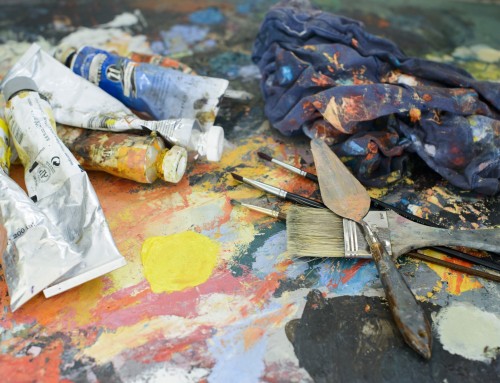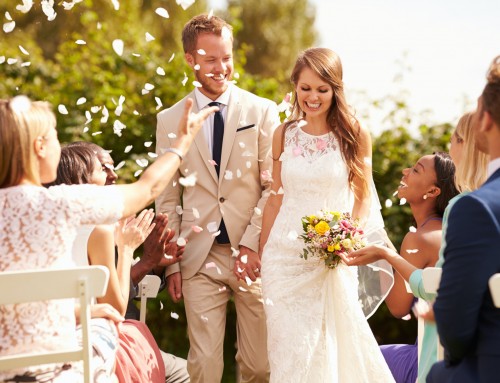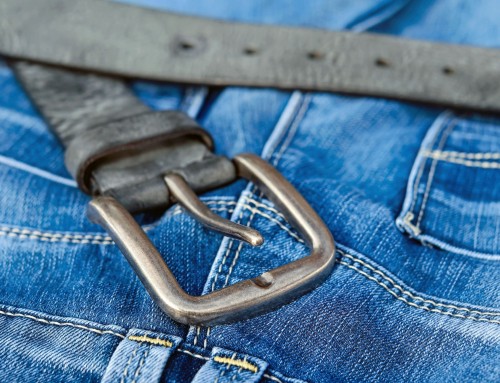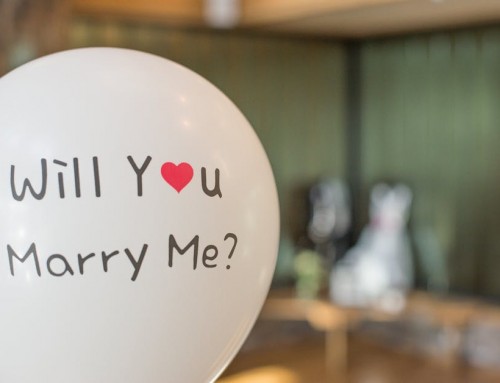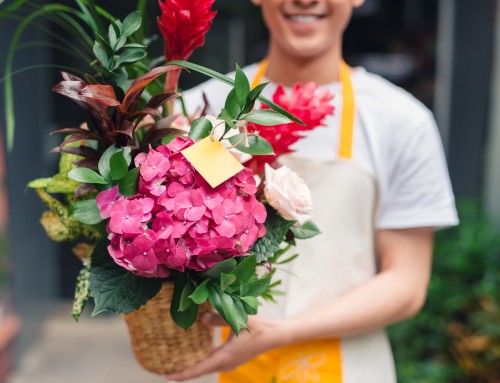If you’ve been invited to a Jewish wedding you should be one thing and one thing only.
Excited!
Although all weddings are joyous occasions, Jewish weddings certainly have a reputation for being some of the most boisterous around.
Jewish Wedding Traditions Made Simple
Behind all of the merrymaking lies many rich traditions that enrich the meaning of this special day. Depending on how traditional the couple is you will be sure to see some of the customs we will cover.
By the time you get through these 13 Jewish wedding traditions, you’ll feel at home in a culture shared by some 14.7 million people.
1. Fasting
As it is a day of special spiritual significance, understandably many choose to fast before their wedding.
In the same line as Yom Kippur, repentance of sins is shown by this custom leading to sins being forgiven when the nuptials begin.
2. Bedeken
Truly a special moment for all present is the Bedeken. As is the same in many customs, Jewish couples will not see each other before their wedding, so this is the first time the groom will see his bride to be.
Bedeken means “to cover” and the groom upon seeing his beautiful bride will look her in the eyes and tenderly place her veil over her head. This is accompanied by rapturous applause, tears, and even dancing. The roots lie in the biblical account when Laban tricked Jacob was into marrying his daughter Leah rather than her sister Rachel whom Jacob loved.
The bedeken can happen before the wedding in a separate room or at the wedding ceremony.
3. The Ketubah
You can’t have a Jewish wedding without a Ketubah! So what is a ketubah?
The Ketubah is a marriage contract the couple need sign on the big day. In it, the groom traditionally commits to providing and caring for his wife with all he has.
Ketubahs often look like beautiful works of art rather than contracts.
This is because many couples decorate this precious document knowing that it will hold a special place not only in their hearts but also in their home! Ketubahs are usually hung in a prominent place in the home after marriage.
4. The Chuppah
A stylish and elegant centerpiece of the wedding is the chuppah or wedding canopy. Decorated according to the tastes of the couple, it is not just the place where the wedding will take place but also rich in symbolism.
It represents the new home the couple is building together. Having no walls it highlights the hospitality you can expect from the newlyweds.
This follows the example of Abraham and Sarah who were known to be hospitable to all they came across.
5. The Walk To The Chuppah
One thing that will stick out for non-jews who attend a Jewish wedding is the walk to the Chuppah or the wedding procession.
Rather than the groom waiting for the bride to take center stage walking down the aisle, those who will play in a part in the wedding and the couples’ lives all do the walk.
Among the marriage party, the groom and bride flanked by their parents who remain in the chuppah along with the couple during the ceremony.
6. Circling
Askenazi Jews at this point will start the circling. Traditionally the bride will circle the groom up to 7 times.
The idea is that as God created the world in 7 days, the bride is figuratively building the walls of their new home together.
7. Exchanging Of The Rings
Although not a requirement rings are usually exchanged during the wedding ceremony. They are placed on with the finger along with the expression “Be sanctified (mekudeshet) to me with this ring in accordance with the law of Moses and Israel.”
Customarily, only the groom gives a ring to the bride although it is common in many weddings for both to exchange rings.
The reason was that the ring was a sign of the “purchase price” that the groom had to pay. To ensure that all was above board, it has to be a plain band, not adorned with any stones as the biggest sign of the value was the weight of it.
8. Sheva B’rachot (Seven Blessings)
A good opportunity to include their nearest and dearest, Sheva b’rachot is the time when blessings are given to the couple. The Rabbi can do this but many also choose to ask family members or friends to say these special words.
They are sung over the second glass of wine consumed during the ceremony, the first being had before the rings are exchanged.
9. Breaking the Glass
Perhaps the most famous aspect of Jewish weddings for non-jews is the smashing of the glass.
Covered in a cloth and placed in front of the groom to step on, there are many different interpretations of this iconic act.
Some say that it represents the destruction of Soloman’s temple as well as Jerusalem, a reminder that even in joyous occasions we should never forget past sorrows. Others view it as a reminder of the fragility of marriage, always to be treasured and given high value.
Many couples keep the broken glass to turn them into trinkets of some kind at a later date.
Whatever your understanding of the origins everyone knows that this, accompanied by the cries of Mazel Tov is a sign of one thing…the party is about to get started!
10. The Yichud
There is usually no getting away from people at weddings for the couple. That is why in many traditions they have the custom of having the Yichud.
The couple will retreat into a separate room after the Jewish wedding ceremony to enjoy their first precious moments alone together, yichud meaning togetherness.
This is often the point when those who have fasted will break it, enjoying a meal together.
11. Seudat Mitzvah
Remember we said that you are pretty much sure to enjoy yourselves at a Jewish wedding?
Well, this comes from the meaning of the Seudat Mitzah, the commanded meal. Divine instruction means enjoying food, drinking wine, music, and entertainment are sure signs of fulfilling this commandment.
The meal is usually concluded by a second recital of the seven blessings which is another signal that the dancefloor is soon to be open. Talking about dancing…
12. The Hora
It is tantamount to sin to not get down on the dancefloor at a Jewish wedding.
Even though at traditional weddings men and women don’t dance together the couple will always experience the Jewish wedding dance, the hora.
In this dance, guests encircle the couple and hoist them up onto chairs. It is common to see the newlyweds holding opposite ends of a napkin too.
If it is the last child of the parents they can expect to get the hora treatment also.
13. Final word for Mazel Tov!
This expression is regularly heard throughout the wedding day so it’s only right that we break it down for you.
Best shouted at the top of your lungs, in saying Mazel Tov you are wishing the couple the best for the future bestowing them with your blessing. You can be sure that the couple will appreciate it, so don’t be shy to scream it out!
Fun For All
Jewish weddings are certainly a sight to behold and a joy to the senses.
We’re sure that after reading these Jewish wedding traditions and understanding their significance you will enjoy your time, should you be lucky enough to get an invite!

